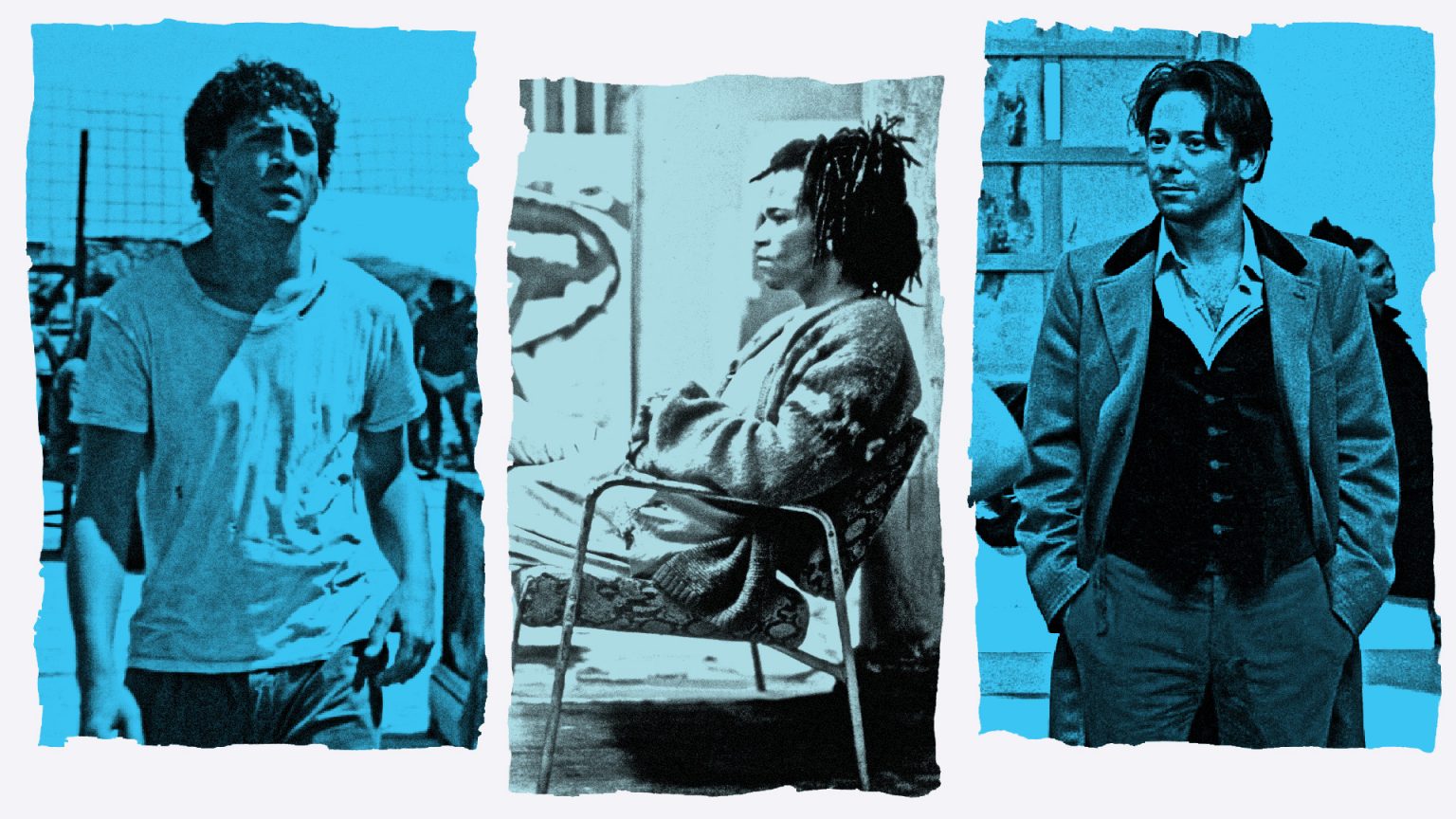Julian Schnabel has become one of the most successful artists-turned-filmmakers in cinematic history, garnering an Oscar nomination and a Cannes win for Best Director with his 2007 masterpiece The Diving Bell and the Butterfly.
In that film, Schnabel turned his camera to a recreation of the defining moment in author Jean-Dominique Bauby’s life — when he overcame his stroke-caused-paralysis to write his memoir with only the ability to blink his left eye.
With At Eternity’s Gate, his new “not-so-traditional-biopic” on Vincent Van Gogh, which premiered at Venice and stars the always great Willem Dafoe (who took home the Volpi Cup for Best Actor), it appears that Schnabel has made yet another artist-centered film worthy of its acclaim and accolades. But, strangely enough, looking at Schnabel’s filmography, one realizes that his only “successful” films deal with the lives of artists, whether they be painter, poet, novelist, or musician.
In fact, the one poorly received Schnabel film, Miral, is not about an artist, but an activist.
In his films, Schnabel finds the soul of his central subjects and uses non-linear, fragmented storytelling to unravel the depths of his characters. What makes them tick? What are their innermost thoughts about their art and society? Through it all, even when he doesn’t provide answers, Schnabel’s defining successes point to his search for artistic truth.
This search might stem from the director’s own origins as a painter. Schnabel’s art career and has surely influenced his sensitive, visually-driven films. At an early age, Schnabel’s art career launched with wild acclaim for his neo-expressionist plate paintings. However, after a few years of high acclaim, the reception of his work became more muted, if not outright criticized.
This rejection of his work as a fine artist is the element that makes his work as a filmmaker so successful; this goes doubly so when the subjects of his films are people he finds common ground with, both narratively and artistically.
In his debut feature, the 1996 Basquiat, Schnabel paints a touching, stylish (if somewhat fictionalized) portrait of Jean-Michel Basquiat’s rapid rise and early death. Most critics saw the film as a way for Schnabel to voice his own opinions about the art world, and how damaging criticism can be to someone. Schnabel went so far as to say, “I know what it’s like to be attacked as an artist. I know what it’s like to be judged as an artist. I know what it’s like to arrive as an artist and have fame and notoriety. I know what it’s like to be accused of things that you never said or did. I know what it’s like to be described as a piece of hype. I know what it’s like to be appreciated as well as degraded.”
Schnabel’s second feature, Before Night Falls, would present an even further evolution of how his impressionistic tendencies as an artist would ultimately benefit his films. Dealing with the life of Cuban poet Reinaldo Arenas (played by Javier Bardem, who would go on to receive an Oscar nomination for the role), Schnabel’s direction would become more understated here and not as aggressively stylish as it was in Basquiat. Here, Schnabel is once again more concerned with layering the story with symbolism, rather than traditional narrative. When we first see Arenas, he isn’t a man in the middle of his career reflecting on his life or the young revolutionary that would go on to fight for Cuba’s independence, nor the man who would eventually critique Castro’s career. Instead, the audience is given a shot of a baby playing in a muddy playpen (that could also pass as a grave). The impression could be literal, a sign of his family’s poverty. But it could also be read as Arenas’ first introduction to the Earth he would so vigorously and passionately detail in his work.
This streak of excellent films continued with The Diving Bell and the Butterfly — with Schnabel once again proving adept at highlighting the mindset of an artist struggling with the tragedy of life, and the beauty of art and its power to help overcome hardship. Where certain filmmakers or films use someone’s disability for pathos (The Theory of Everything most recently, or I Am Sam more egregiously), Schnabel uses the paralysis of Jean-Dominique Bauby as a way to allow the imaginative qualities of an artist to be the triumphant focal point of the story. By doing this, Schnabel once again frees himself from narrative confines and lets himself, as an artist, take over the proceedings, allowing the film to build an emotional (if elliptical) portrait of Bauby.
After these three successful films, Schnabel’s career came to a screeching halt with the letdown of the film Miral. The film holds true to Schnabel’s dreamlike aesthetic, yet for many, due to the story’s rather grounded nature (and highly political setting of the Israeli-Palestinian conflict), his style didn’t work in service of his characters in the same way it did for his movies about artists. Many critics stated that Schnabel’s direction seemed “non-committal” to the material, and the film garnered scathing reviews out of the 2010 Venice Film Festival.
Once again, Schnabel faced harsh criticism in his career. And once again, he took a long break before returning to work. But from early positive reviews and the Volpi Cup win for At Eternity’s Gate, it’s apparent that Schnabel once again has used his critics and his unique filmmaking style to create a portrait that captures something special: That art might hold the key to truth, both for the artists themselves and for audiences (critics included).
Watch Now: Julian Schnabel’s Basquiat.




